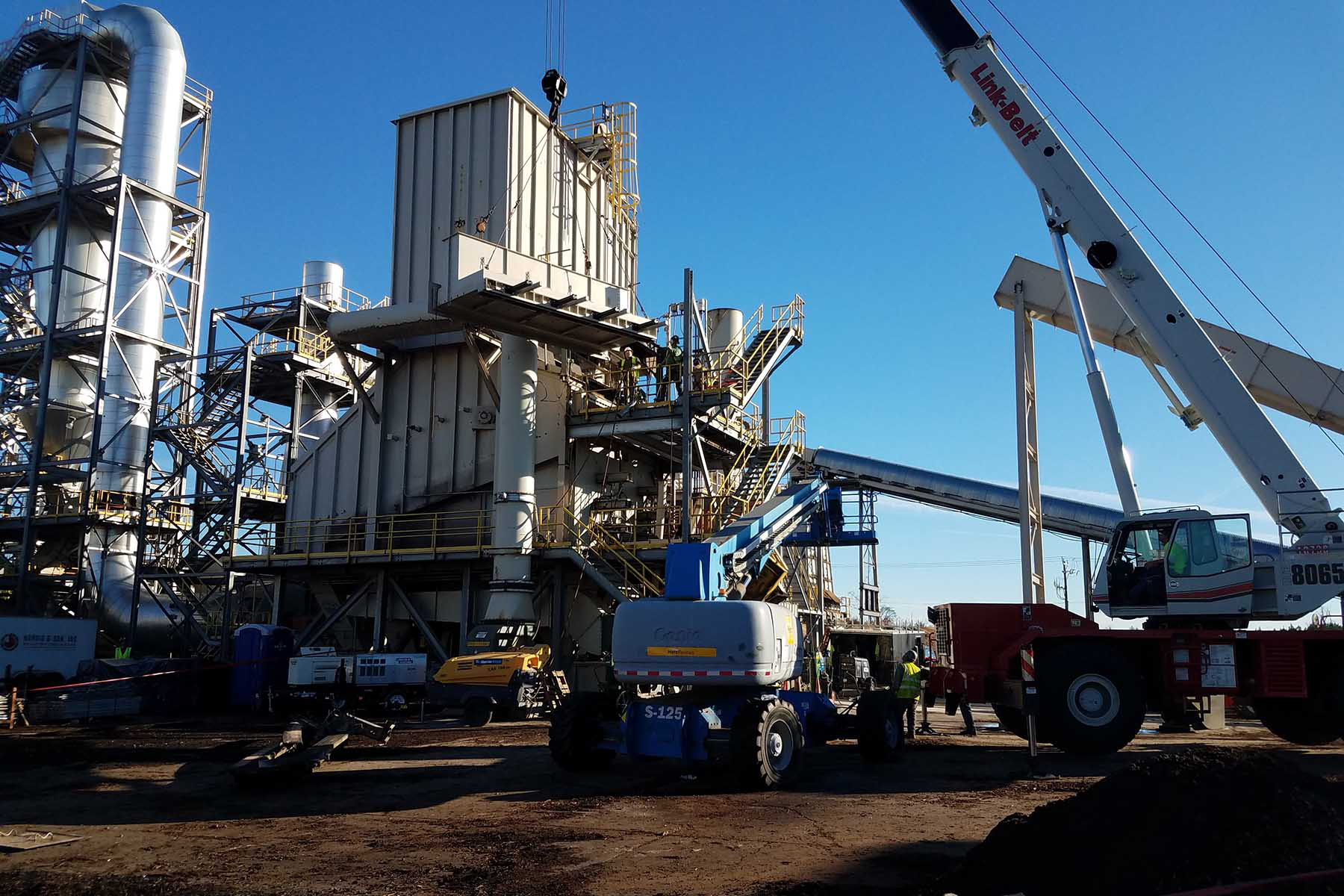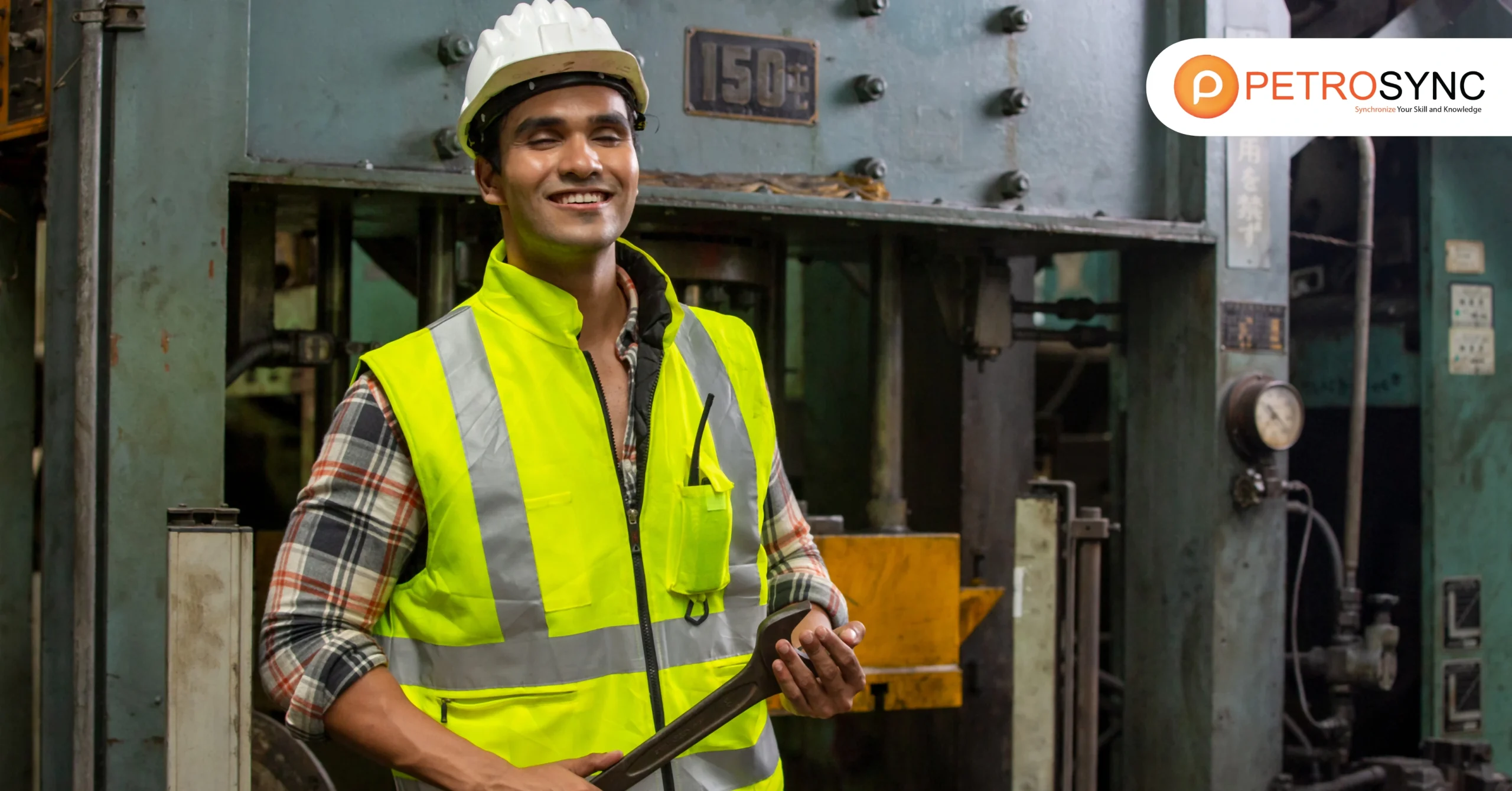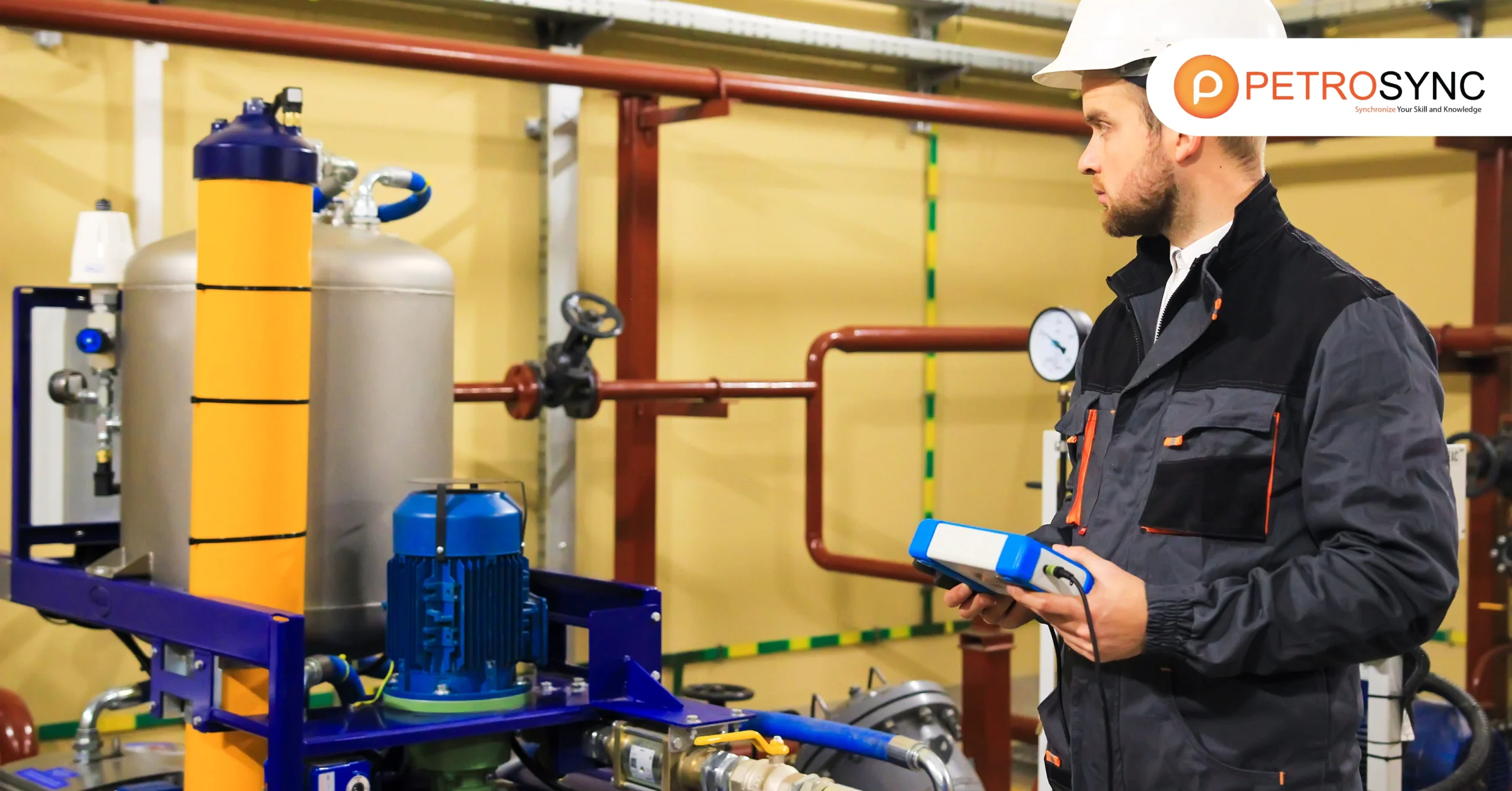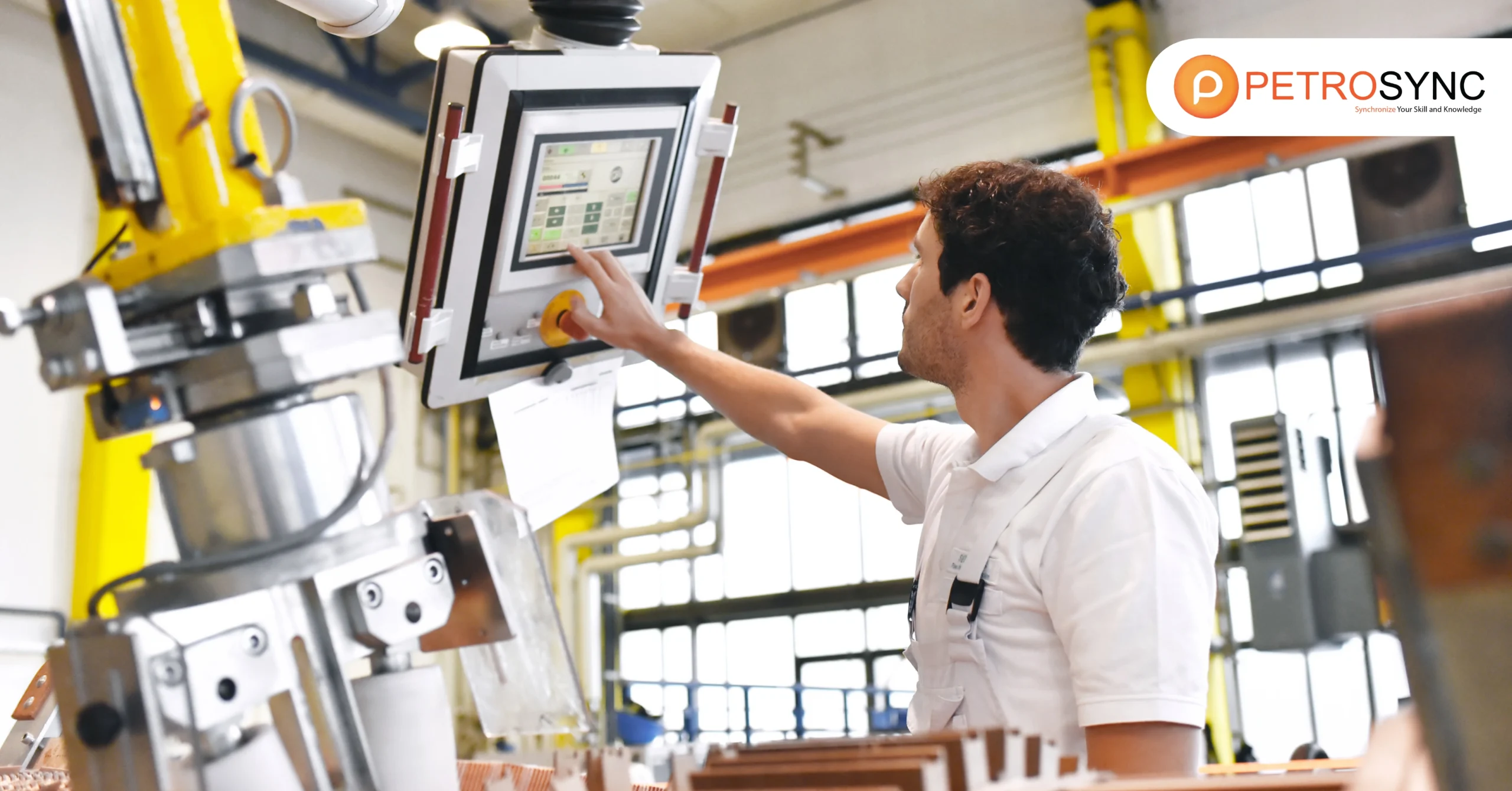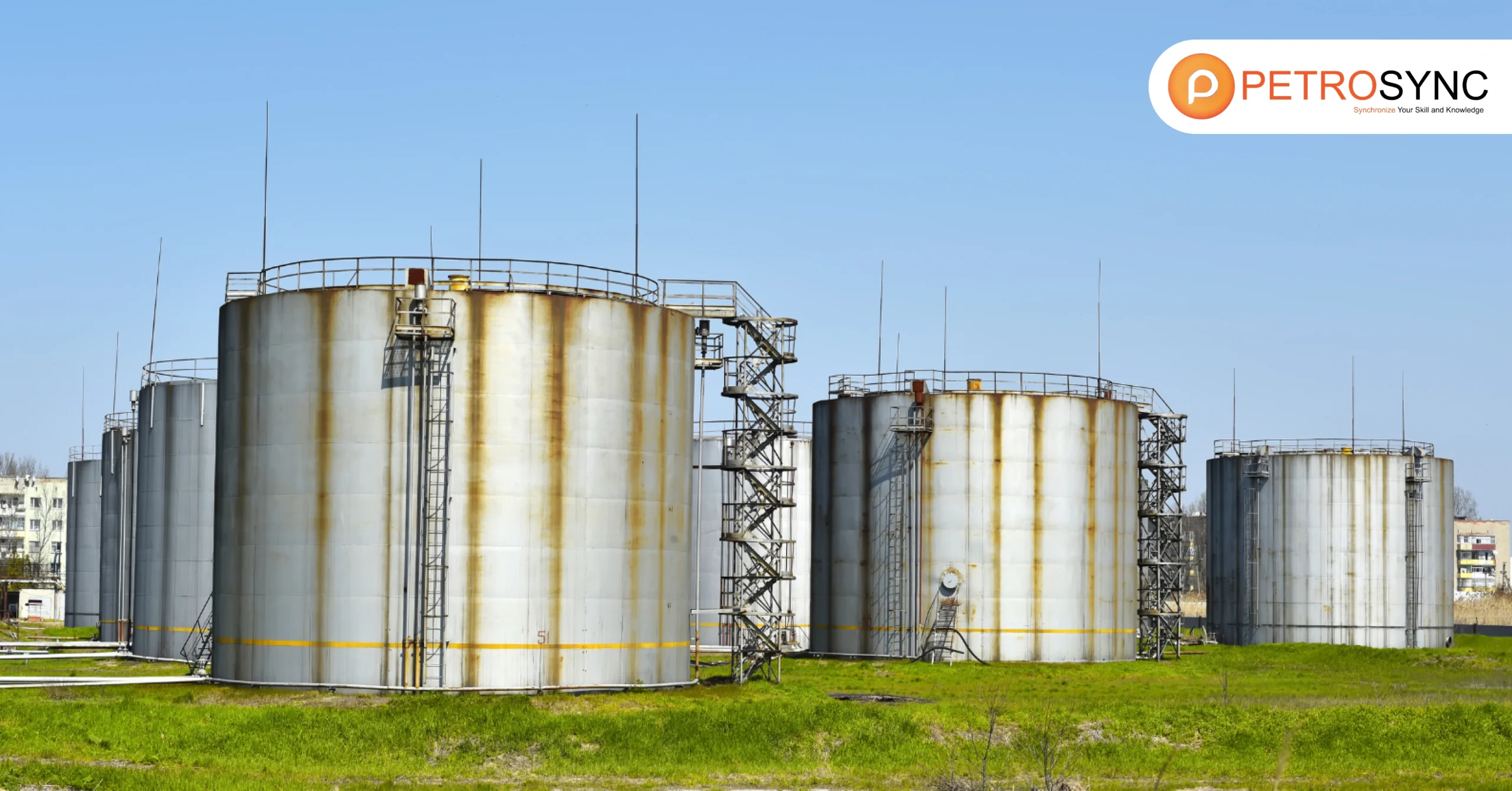Diving into the latest edition of API 560 marks a crucial exploration into advancements that hold significance for industries relying on efficient fired heaters. In this article, we will unravel the key updates introduced in API 560 latest edition and discuss their importance. API 560, a standard set by the American Petroleum Institute (API), plays a pivotal role in guiding the design, operation, and maintenance of fired heaters.
What Is API 560 Standard?
The API 560 Standard, used internationally throughout the industry and often serving as a baseline for private oil company fired heater and furnace specifications, is a set of guidelines developed by the American Petroleum Institute (API) to ensure the safe and effective design, construction, and operation of fired heaters in industrial settings, particularly within the oil and gas industry.
These standards provide a comprehensive framework for engineers and operators, detailing essential requirements and best practices to be followed when dealing with fired heaters. API 560 outlines specifications for various types of fired heaters, addressing factors such as materials, safety considerations, and performance expectations.
Adhering to this standard helps maintain consistency, reliability, and safety in the use of fired heaters across different refineries and industrial facilities, promoting a unified approach to their design and operation.
What Is API 560 guidelines?
The API 560 guidelines, along with specifying requirements and guidance for the design, specification, materials, refractory lining systems, fabrication, inspection, testing, and preparation for shipment of direct-fired heaters, including air preheaters, fans, and burners for general refinery service, are a set of standards developed by the American Petroleum Institute (API) to provide clear and comprehensive instructions for the design, construction, and operation of fired heaters in industrial settings, particularly within the oil and gas industry.
How Many Updated Versions of API 560 Since The First Launch?
1. API Standard 560 – 1st edition, January 1986
The inaugural edition was a foundational document, establishing guidelines for the design, construction, and operation of fired heaters in industrial settings. At this stage, the primary focus was on fundamental safety considerations and basic engineering principles.
The first edition marked a crucial step in standardizing practices across the industry. While it laid out essential principles, it provided a baseline for subsequent editions to build upon. The initial guidelines contributed to a more unified and consistent approach to fired heater operations.
2. API Standard 560 – 2nd edition, September 1995
Building upon the foundation of the first edition, the second edition aimed to refine and expand the standard. It incorporated feedback from industry practitioners and integrated technological advancements relevant to fired heaters at the time.
This edition saw improvements in several key areas, including more detailed specifications for materials and safety considerations. It reflected a maturing industry with a growing understanding of the complexities involved in fired heater design and operation.
3. API Standard 560 – 3rd edition, May 2001
The third edition responded to emerging challenges and technological developments within the oil and gas industry. It aimed to provide updated guidelines that addressed contemporary issues and advancements.
Notable improvements included a more comprehensive focus on refractory lining systems, fabrication, inspection, testing, and preparation for shipment. This edition incorporated lessons learned from operational experiences, further refining the guidelines for better reliability and safety.
4. API Standard 560 – 4th edition, August 2007
The fourth edition represented a continuous effort to align the standard with evolving industry best practices. It introduced refinements based on ongoing technological developments and feedback from the field.
This edition placed increased emphasis on safety considerations, refining specifications for materials, and incorporating lessons learned from operational experiences. It aimed to enhance the reliability of fired heaters, addressing potential risks and mitigating them through updated guidelines.
5. API Standard 560 – 5th edition, February 2016
The fifth edition marked a comprehensive update, integrating the latest industry advancements and global best practices. It aimed to ensure the standard remained relevant in the face of evolving technologies and environmental considerations.
This edition featured a thorough revision, including expanded guidelines for air preheaters, fans, and burners. It aligned the standard with contemporary technologies, addressing environmental considerations and emphasizing sustainable practices. The focus on environmental responsibility reflected the industry’s evolving commitment to eco-friendly operations.
In the dynamic field of engineering, particularly in the realm of industrial fired heaters, staying updated with the latest knowledge is important. The relevance of updated knowledge is particularly evident in the context of API 560, the standard that outlines the requirements for the design, installation, inspection, and maintenance of fired heaters in the oil and gas industry.
The latest edition of API 560 reflects advancements, safety measures, and best practices that have evolved over time. Engineers equipped with current knowledge are better positioned to implement the most efficient and safe designs, ensuring compliance with industry standards and regulations.
PetroSync‘s API 560 training program facilitates you on this ongoing learning process. By aligning our curriculum with the latest edition of API 560, PetroSync ensures that you receive training that directly correlates with the most up-to-date industry standards. This approach not only enhances your understanding of the latest requirements but also enables you to apply this knowledge in real-world scenarios.
PetroSync will accompany you in gaining a competitive edge, demonstrating a commitment to excellence and adherence to the latest industry standards in the design and operation of industrial fired heaters.
credit header image: inproheat

SEO specialist by day, fact-checker by night. An avid reader and content writer dedicated to delivering accurate and engaging articles through research and credible sources.

